
What Are Disposable Vapes Made Of?
-
Battery: Most disposable vapes use lithium-ion batteries, which are common in many electronic devices. These batteries are generally safe when manufactured to high standards, but they can pose risks such as overheating or even catching fire if damaged, poorly made, or used improperly. This is why Transport Canada and other agencies require that vaping devices be carried in carry-on luggage during air travel rather than in checked bags. -
E-Liquid Ingredients: -
Nicotine: This is an addictive substance, and its concentration in disposable vapes is limited to 20mg/mL in Canada to reduce the risk of addiction and poisoning. -
Propylene Glycol and Vegetable Glycerin: These are considered safe for ingestion by health agencies like Health Canada, but their long-term effects when inhaled are still being studied. Some users may experience mild irritation, such as dry throat or coughing, especially when first starting to vape. -
Flavorings: While many flavorings are food-grade, some compounds (e.g., diacetyl or cinnamon derivatives) have been linked to respiratory issues when heated and inhaled. Reputable manufacturers avoid these harmful additives.
-
How Do Disposable Vapes Compare to Traditional Cigarettes?
What Are the Known Risks of Using Disposable Vapes?
-
Short-Term Health Effects: New users often report throat irritation, coughing, headaches, or nausea. These symptoms usually subside as the body adjusts to vaping. However, if they persist, it may be a sign that the device or e-liquid is not suitable for the user. -
Long-Term Health Concerns: Although research is still evolving, some studies suggest that prolonged vaping may contribute to respiratory problems, cardiovascular issues, or in rare cases, lung injuries (such as those associated with EVALI). These risks are significantly higher with unregulated or counterfeit products. -
Battery Safety: As mentioned earlier, faulty batteries can overheat or catch fire. This is why it is important to use devices from reputable brands that comply with safety standards and to avoid damaging the device. -
Nicotine Addiction: Disposable vapes can deliver nicotine efficiently, which may lead to dependence. This is particularly concerning for youth and non-smokers. Health Canada’s nicotine cap of 20mg/mL helps mitigate this risk, but users should still be mindful of their intake.
What Does Canadian Law Say About Vape Safety?
-
Nicotine Limits: As of 2025, the maximum nicotine concentration allowed in any vaping product is 20mg/mL. This applies to all disposable vapes sold in Canada. -
Age Restrictions: The legal age for purchasing vaping products varies by province, but it is generally 18 or 19. This helps prevent youth access and addiction. -
Labeling and Packaging: All products must include clear labels about nicotine content and health warnings. They must also be in child-resistant packaging. -
Flavor Restrictions: Some provinces, such as Nova Scotia and Prince Edward Island, have banned most flavored vapes to reduce appeal to young people. However, tobacco and menthol flavors are often exempt. -
Advertising Limits: Vape manufacturers cannot make health claims or target youth in their marketing. This ensures that consumers are not misled about the safety of the products.
How Can You Use Disposable Vapes Safely?
-
Buy from Reputable Sources: Always purchase from authorized retailers or directly from trusted brands. This reduces the risk of getting counterfeit products that may contain harmful substances. -
Store Properly: Keep disposable vapes in a cool, dry place away from direct sunlight. Extreme temperatures can damage the battery or alter the e-liquid. -
Dispose of Responsibly: Do not throw used vapes in regular trash. They contain batteries and chemicals that can harm the environment. Look for local e-waste recycling programs instead. -
Listen to Your Body: If you experience persistent coughing, chest pain, or other adverse effects, stop using the device and consult a healthcare professional. -
Avoid Modifications: Never attempt to refill or tamper with a disposable vape. This can damage the device and create safety hazards.






 MR FOG AURA
MR FOG AURA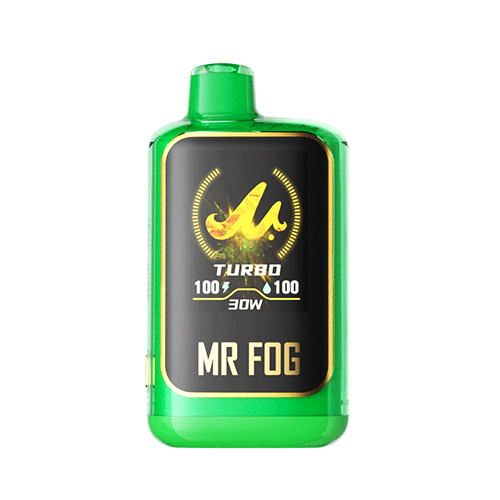 NOVA Apple Steezy
NOVA Apple Steezy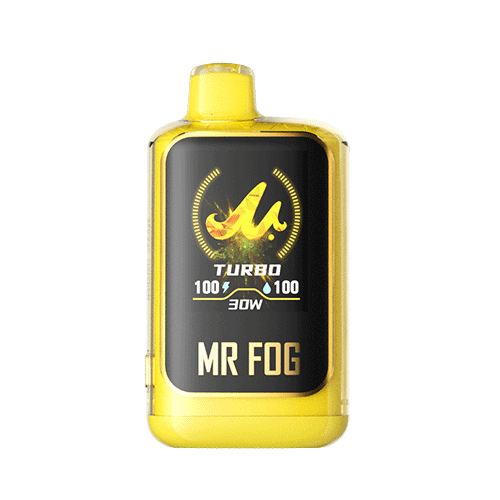 NOVA Banana Steezy
NOVA Banana Steezy NOVA Popup Series
NOVA Popup Series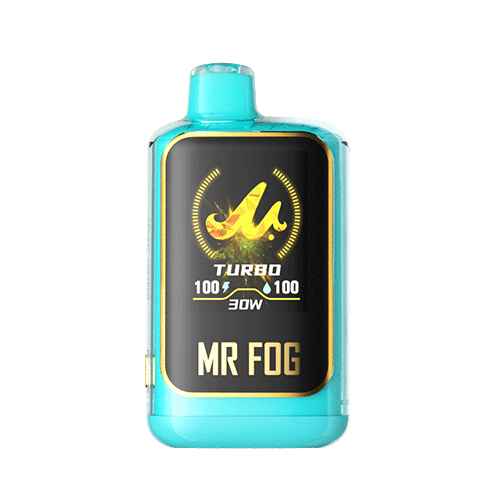 NOVA Bubble Gang
NOVA Bubble Gang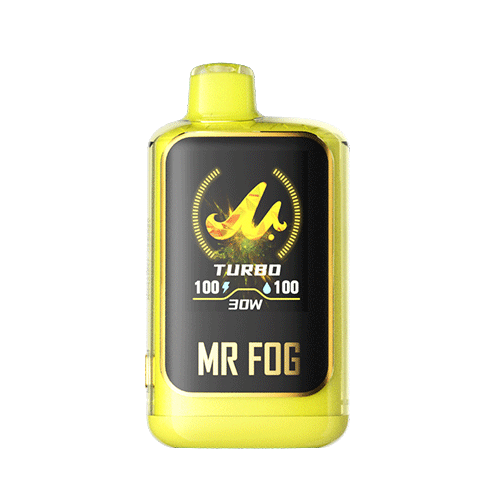 NOVA Lemon Steezy
NOVA Lemon Steezy AURA
AURA NOVA Series
NOVA Series SWITCH 15000
SWITCH 15000 MAX AIR 8500
MAX AIR 8500 SWITCH 5500
SWITCH 5500 Blue Razz Steezy
Blue Razz Steezy Mellow Man
Mellow Man Apple Steezy
Apple Steezy Banana Steezy
Banana Steezy Berry Steezy
Berry Steezy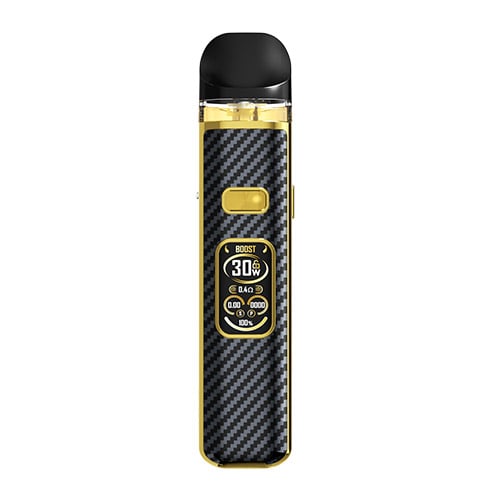 DRT
DRT Nicotine Pouches
Nicotine Pouches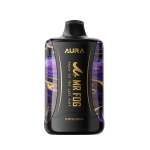 MR FOG AURA
MR FOG AURA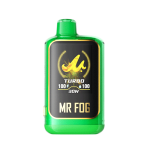 NOVA Apple Steezy
NOVA Apple Steezy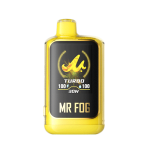 NOVA Banana Steezy
NOVA Banana Steezy NOVA Popup Series
NOVA Popup Series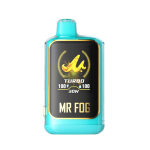 NOVA Bubble Gang
NOVA Bubble Gang NOVA Lemon Steezy
NOVA Lemon Steezy AURA
AURA NOVA Series
NOVA Series SWITCH 15000
SWITCH 15000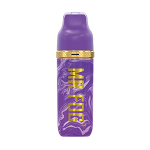 MAX AIR 8500
MAX AIR 8500 SWITCH 5500
SWITCH 5500 Blue Razz Steezy
Blue Razz Steezy Mellow Man
Mellow Man Apple Steezy
Apple Steezy Banana Steezy
Banana Steezy Berry Steezy
Berry Steezy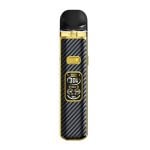 DRT
DRT Nicotine Pouches
Nicotine Pouches